Summer season is here
With the weather getting warmer we are starting to see more cars with A/C issues. Here is a Peugeot RCZ […]
READ MORE -
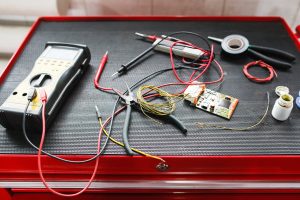 Electric Vehicle Servicing, Maintenance and Repair – A question we are getting asked more and more is…. Do Electric cars still need the same vehicle servicing, maintenance and repair as a regular petrol or diesel car? Well the answer is simple. Yes they do.
Electric Vehicle Servicing, Maintenance and Repair – A question we are getting asked more and more is…. Do Electric cars still need the same vehicle servicing, maintenance and repair as a regular petrol or diesel car? Well the answer is simple. Yes they do.
For many the worry is how to find the right trained mechanic to fix their car. It is fair to say most mechanics are trained to work with regular internal combustion engines, but don’t have the equipment or staff training to maintain and service electric vehicles. However, just like when you have auto electric faults with your current vehicle, the idea is to find a good auto electrician to deal with these issues. Most experienced car or vehicle electrics specialists will be routinely upskilled themselves in the new requirements and equipment needed to help you.
Again the anwer is simple…Yes they do.. Just like a regular vehicle, an electric car will need to go on for an MOT annually after it is 3 years old. The GOV.UK website can be a source of confusion for drivers as it lists ‘good vehicles powered by electricity’ under vehicles exempt from MOT – however, this does not cover electric cars. So make sure you keep a record or check with your local garage what you will need for your mot
Initially this is always hard to answer, because all vehicles are different and will vary in cost for their servicing and general maintenance. What I have noticed is that with electric motors, and their simplicity and overall low maintenance you could find yourselves with considerably lower maintenance costs saving you literally hundreds over the year.
At Widnes Auto Electrical, our auto electrician have received specialist training to work competently on electric vehicles – we also have all the necessary testing and safety equipment in-house to carry out servicing and repair on electric vehicles. To find out more about how we can help feel free to give us a call or call into our auto-electrical repair centre in Widnes
 Do you need a reliable Car Electrics Specialist in Liverpool?
Do you need a reliable Car Electrics Specialist in Liverpool?Car Electrics Liverpool – Our team of auto electricians Liverpool, Widnes, Warrington, St Helens based are fully trained in identifying and repairing most vehicles’ electrical problems. We use specialised equipment to take readings from vehicles to identify any electrical fault, and once identified we can then repair or replace the faulty part.
We offer a range of services including installations, rewiring, diagnostics, alternators, fitting service, testing service, engine management, fuel injection, fault finding, car alarms, immobilisers, and central locking systems.
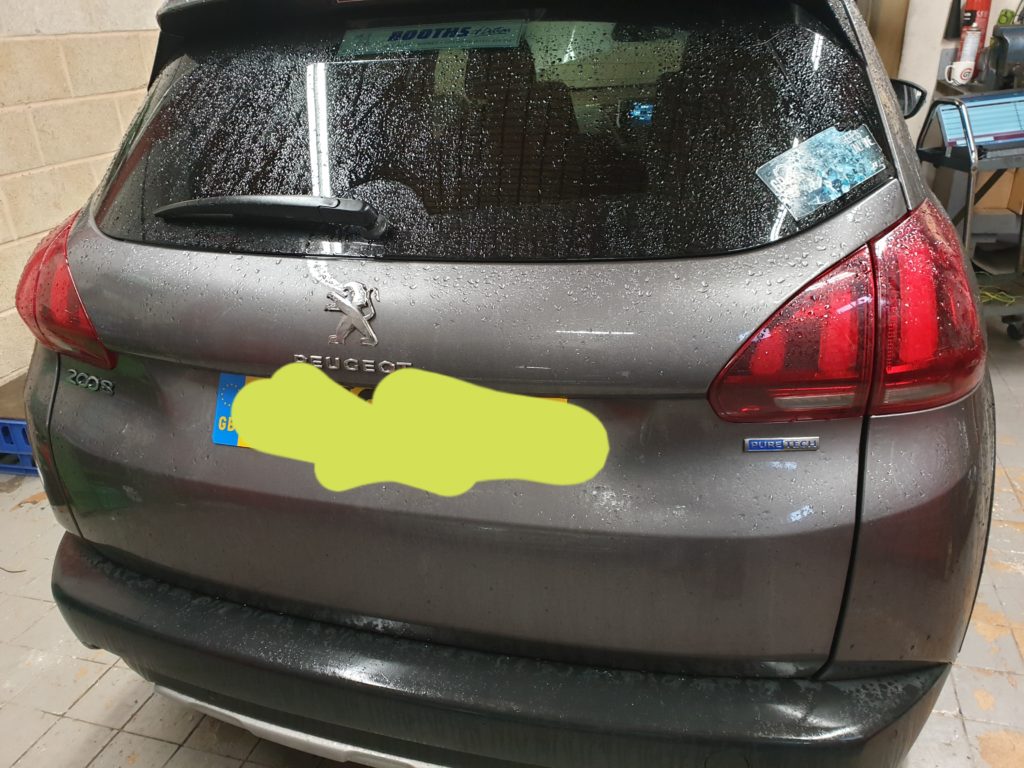
This fairly new Peugeot 2008 came in to our workshop with a charging problem.
Voltage across the battery was measured at 12.3volts when it should be more like 14.5volts. The wiring was checked, the positive lead was load tested and found to be ok, as was the earth. This is a smart Alternator and is controlled via a Lin signal from the engine ecu, this was tested and found to be good.
At this point most garages would have fitted a new Alternator, not cheap on theses cars, only to find the problem persists. We go further to prove a fault.
We have equipment that we can plug into the Alternator to simulate the control signals from engine ecu to the Alternator.
When we did this, the Alternator worked perfectly.
So, if the wiring is good and the Alternator is good what could the fault be?
Through experience we knew that some cars especially Peugeot can need a update on the software in the engine ecu.
Using the official dealer tool we can safely update control units without doing costly damage.




With the update completed the car was checked again. The charging checked and showed 14.4volts, perfect!
The customer was happy to avoid unwanted expense in the fitment of unneeded parts and went away happy!
Electric Cars have been presented to the wold as the future of the motoring industry for the last few years. So why have the sales of electric cars not yet set the world alight. You would think that with all the worry about how much oil there is left in the world, and concerns with global warming, we would have seen more electric cars by now.
Many people have many reasons why they have not taken off, but one of the big reasons why seems to be the distance you can travel in one before you need to recharge the batteries. Typically a lot of cars are not seeing much more than 100 miles compared to a lot of new cars being built that can now achieve over 500 miles on just 1 tank.
For anyone traveling a long distance for work, pleasure or any other reason, the fear that the battery could die in the middle of nowhere makes people decide against buying an electric car vs the traditional motor car. This is despite the fact there are now over 7,000 charging stations across the UK.
Cost has also been a major factor for the decision making process on buying a new car. The electric powered vehicles on the road today still seem considerably higher in price than your regular motor car from new. This is because the cost of producing the electric power motors is still quite high so it may be that people will prefer to wait a few years until there is an economic benefit to buying a an electrical vehicle.
To add to some of these reasons, there is also the fact that a lot of the electric cars currently on the market are not built in an aesthetically pleasing design. The Toyota Prius for example isn’t exactly the most beautiful car in the world. It only seems to be the likes of BMW, Porsche and the likes that have the desire to build electric cars with designs that we will love. The problem here again is that you will be buying the badge, and then the cost issue comes in to play again. Me personally, if I had the money, I would choose a real 911 over a hybrid Porsche all day long if I had the money for this brand of motor!
With all this said and done, don’t give up on the Electric car just yet, According to a BBC report on electric car sales, we bought almost 5 times as many electric powered cars in just one month last year compared to the previous year! In fact it would appear that during this time sales of hybrid vehicles have rocketed tenfold!
In short. It must be said that as time goes by, the future looks like it is heading towards the electric motor. Google and Apple are already partnering with major manufactures to create driverless motor vehicles. It’s surely only a matter of time before we see the electrical takeover of the motor industry.
Watch this space everyone
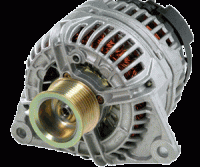
We know that a lot of people need consistent maintenance to their vehicles, and that doesn’t fall short in terms of Alternators. That’s why we at Widnes Auto Electrical are here to provide you with all of your needs in regards to Alternators, so don’t you worry people of St Helens.
The Alternators primary function is to keep your battery charged. As well as that, it also provides your car with all of the means to be able to run things related to electricity. A tip to look out for, is lights can be dimmer, wipers slower and various warning lights on the dash because low voltage can cause many systems to fail. If this happens then pop into our workshop and let us test your car for you and we can sort your problems out quickly and cheaply.
Need an alternator repair in St Helens for your car or van? Make your alternator repair quick & easy by calling into our auto electrical repair centre in Widnes.
Car Electrics Widnes 2020 – Here at Widnes Auto Electrical we specialise in Car Electrical Repairs in the Widnes area, from our family-run garage in Widnes, just located 2 minutes away from the Runcorn Bridge. We specialise in many different aspects of Car Electrics Widnes including:
Although if your fault isn’t listed here, then that doesn’t necessarily mean that we can’t fix it, it may just be one of the more un-common problems that we face every now and then. We are experts in our field of work and when you come to us for any Electrical Repairs, you can be sure that you’ll be getting the best possible service and best of all, it won’t cost you an arm and a leg either!
So call us today or contact us through our website if you’re interested in what we can do for you regarding Car Electrics Widnes, once we’ve been contacted, we can either offer you a quote, extra-information, how long it’ll roughly take to fix and we’ll even arrange a time and date for you to bring your vehicle down to us. Remember for Car Electrics Widnes, Widnes Auto Electrical Services are the number 1 choice in the Widnes & Halton area.
Here at Widnes Auto Electrical we can repair any of your vehicle’s electronic parts, including Air Conditioning. Air Conditioning (A/C) is something that most cars on the road have equipped these days. Although if you feel like your A/C isn’t functioning properly (not enough air coming through it or you don’t notice the car getting cooler/warmer) then you may want to book your vehicle in with us so we can repair it so that it will be working properly for the warmer weather.
Your cars air conditioning system will lose 10-15% of its refrigerant every year, which can cause a build up of fungus and bacteria within the evaporator core, this can emit a peculiar smell and sometimes, in extreme cases lead, to an allergic reaction. If you’ve noticed a bad smell coming from your Air-Con system, then you may need to get it serviced, luckily we are fantastic at servicing air-con units and we’ll have you feeling cool in the summer again, without the smells.
To enquire about your vehicle, please contact us with your vehicle details, where a member of staff will be more than happy to answer any questions you may have, quote you and then if you’re happy they’ll book you in for when you’re next free too!
We are pleased to say we have invested in new equipment. This is the genuine dealer tool as used by Peugeot and Citroen dealers and now since PSA bought Vauxhall, Vauxhall aswell.
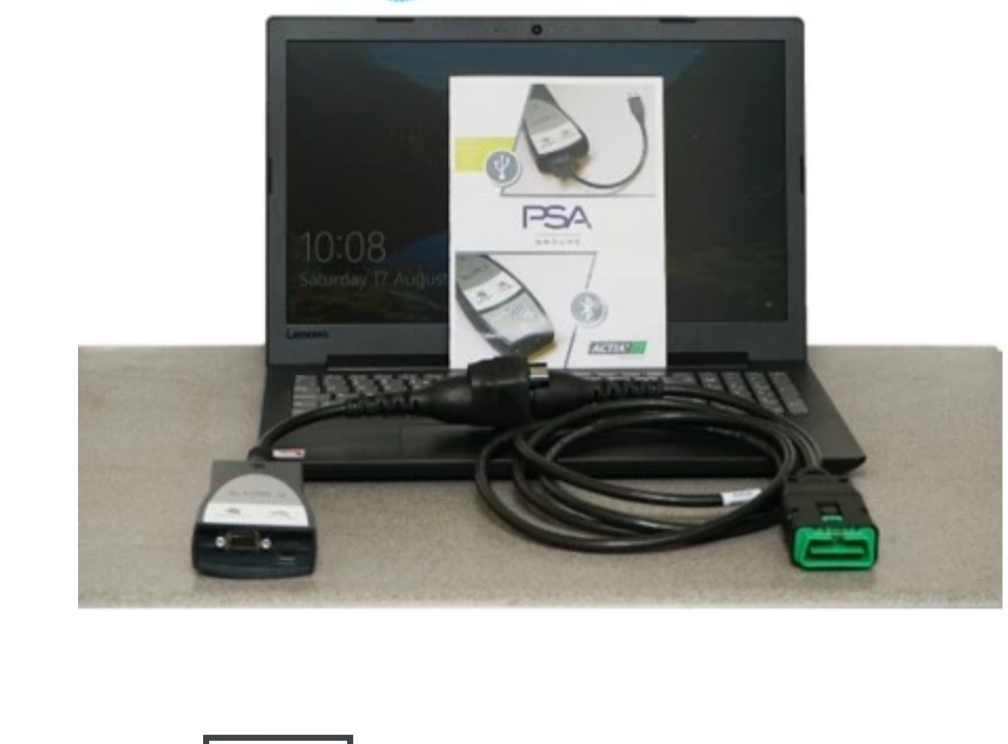
Here at WIDNES AUTO ELECTRICAL we are specialists in engine diagnostic and fault finding its what we’ve specialised in for over 30 years. We have invested thousands of pounds in the latest technology to be able to diagnose faults within all the electrical systems on all major car brands. So if you have problems with ESP, ABS, AIRBAG, TRACTION CONTROL, ENGINE MANAGEMENT we can help you sort it out quickly and cheaply.
We are also specialists in wiring faults.
If some electrical device isn’t working on your car it isn’t necessarily because the part is faulty, the associated wiring to the device could have a fault in it. We have the latest tools and 30 years experience in tracing faults within the vast wiring harnesses on todays modern cars and Vehicles
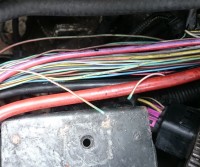
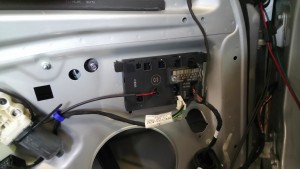 Is wiring a vehicle easy to do?
Is wiring a vehicle easy to do?Cars are complicated. Especially engine – it needs to be fed the proper amounts of air, fuel, and spark. The suspension and brakes must be in tip-top shape. The wheels and tires, transmission, cooling system, gauges—even the seats—must all function properly. With all these being really important, many often neglect the importance of the vehicles electrical wiring system.
Poor wiring will keep your electrical components from operating at full potential. Many people would never consider the idea of wiring a vehicle. It can be daunting. — so we’ve put together a few tips to help you understand the basics.
Round Up The Right Tools – Start with a quality set of wire strippers – they will usually include a group of holes to fit most wire gauges. This enables the stripping of the insulation off your wires without accidentally cutting into the wire conductors. A wire cripper is necessary when you install solderless connectors. Most quality crimpers have two or three sections on the nose to fit various lug sizes. You can even get crimpers with wire cutting and wire stripping sections.
A soldering Iron is needed for splicing wires or securing oversized connectors that cannot be crimped. You will need solder designed specifically for electronics and wiring . Here are some other items that should be in your electrical toolbox:
Gauge Your Wiring Needs
A factory wiring harness includes the necessary wiring for standard electrical components like windshield wipers, horn, headlights, etc. However, when you add electrical or electronic components to your vehicle, like high-end audio or racing electronics, you need to choose the proper wire on your own. There are three factors to consider: size, material, and color.
Wire size is measured by gauge—the smaller the gauge number, the larger the wire. The gauge you need depends on the current draw of the accessory and the wire length between the accessory and the power source. In general, the larger the current draw, the larger gauge wire you need to properly power the accessory.
One factor to consider with long lengths of wire is voltage drop. The longer the wire, the greater the voltage drop. You can offset voltage drop by increasing the size of the wire. As a rule of thumb, try to maintain a less than 0.5% voltage drop to assure maximum performance.
Wire material is usually aluminum or copper. For automotive purposes, we recommend stranded copper wire for the greatest flexibility and conductivity.
Wire color may not seem important at first glance, but it becomes crucial when you try to trace a faulty circuit down the road. To keep yourself from tearing your hair out, color-code your wire by accessory. It will help you keep track of which wire goes where during installation and troubleshooting.
Make the Connection
There are two main types of connectors: soldered and solderless. Soldered connectors are necessary with oversized wiring or if you’re splicing wires together. Solderess, or crimp, connectors can be used for most other wiring, and we’d recommend using them wherever possible.
Solderless connectors are the easiest to use and provide a good, strong connection. Usually, solderless connectors come with color-coded insulators, so you know which gauge wire they are designed for. Solderless connectors come in a variety of configurations:
Butt connectors are shaped like cylinders and are ideal for joining two wire ends together. A wire end is inserted into each end of the connector, which is crimped to complete the connection.
Spade connectors are ideal for components that are removed or serviced often. A male connector on one end of the wire fits into a female connector on the other end of the wire, completing the connection. To disconnect, just pull the connectors apart.
Ring connectors are used to secure wire to screw-type terminals; they are secured by the terminal screw.
When installing any type of connector—soldered or solderless—it is a good idea to use shrink tubing. Shrink tubing is relatively easy to install and provides added protection against electrical shorts and outside elements.
Choose the Right Components
There is more to wiring a vehicle than, well, wire. For example, you will need some sort of overload protection to protect your expensive electronics. The three basic types of overload protection are fuses, fusible links, and circuit breakers:
You should also install relays with your wiring if your electrical accessories require a bigger current draw than a standard power switch is rated to handle. And since most switches are designed to work with very limited currents, relays are required just about every time to wire a new aftermarket electrical accessory.
Relays are extremely useful for handling high-amperage electrical accessories like large electric fans, fuel pumps, and HID headlights. They are activated by an electric coil and controlled by a switch. When the relay is closed, no power goes to the accessory in question. When you flip the accessory switch, an electric coil in the relay opens, sending power to the accessory.
There are plenty of other products to make your wiring tasks easier, including switch panels, multi-circuit main and auxiliary fuse blocks, toggle, push-button, and remote-mount switches, and of course, wiring harnesses for everything from fog lights and gauges to complete vehicles.
Map Out a Plan
Before you begin your wiring project, map out a plan. Lay out the wiring or wiring harness so you know where each wire goes and that you have enough wire to complete the job. Locate the fuse box in an easy to reach location like your glove compartment or center console. Place the necessary relays, fusible link, or circuit breakers at connections between your power source and your electrical accessory.
If the wiring isn’t labeled already, label each wire or harness with the name of the components they route to. If the wiring or harness will be going through the firewall, use a grommet in the hole so the sheetmetal won’t cut through the wires. Don’t secure the connectors until the wiring is through the firewall.
Choose a spot on or near the firewall for the common ground point for the harness, and one point for a chassis ground on the negative side of the vehicle. This method gives you a single path to the negative side of the vehicle and provides a more effective ground. Use 10 gauge or bigger wire to connect the common ground to your chassis ground.
Please note these are only tips. We in no way recommend doing this if you are not confident or qualified in this field. If you are unsure, then please do get in touch and we will be happy to help